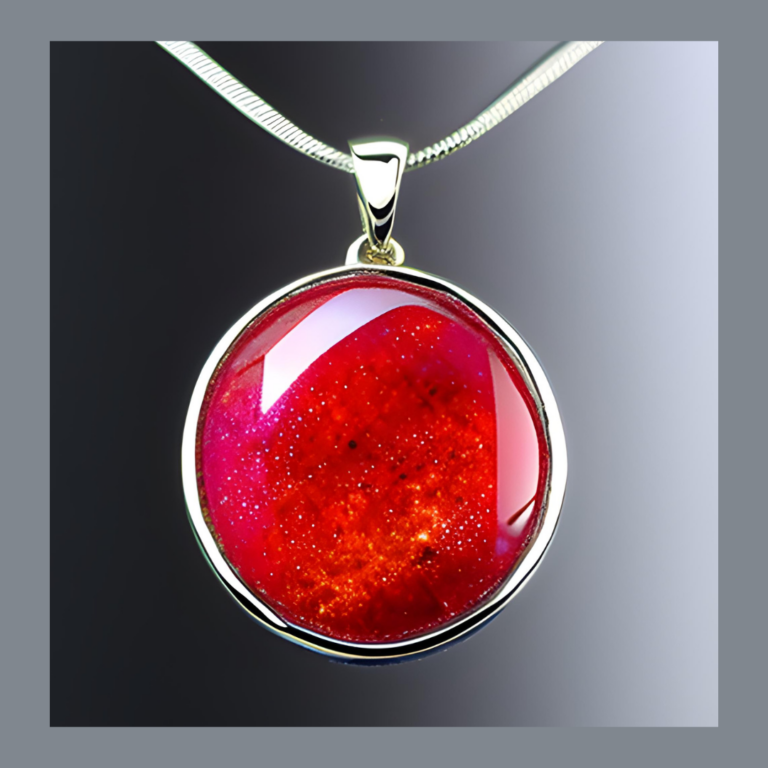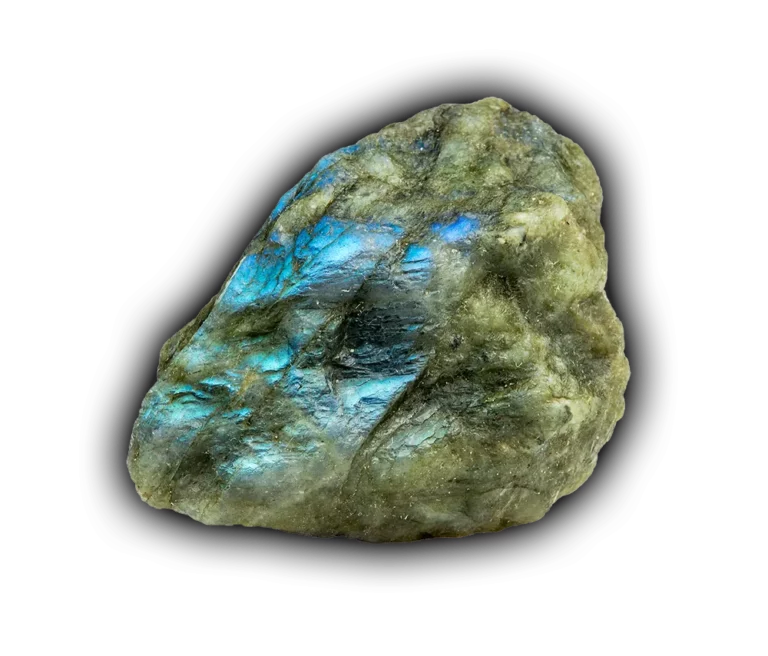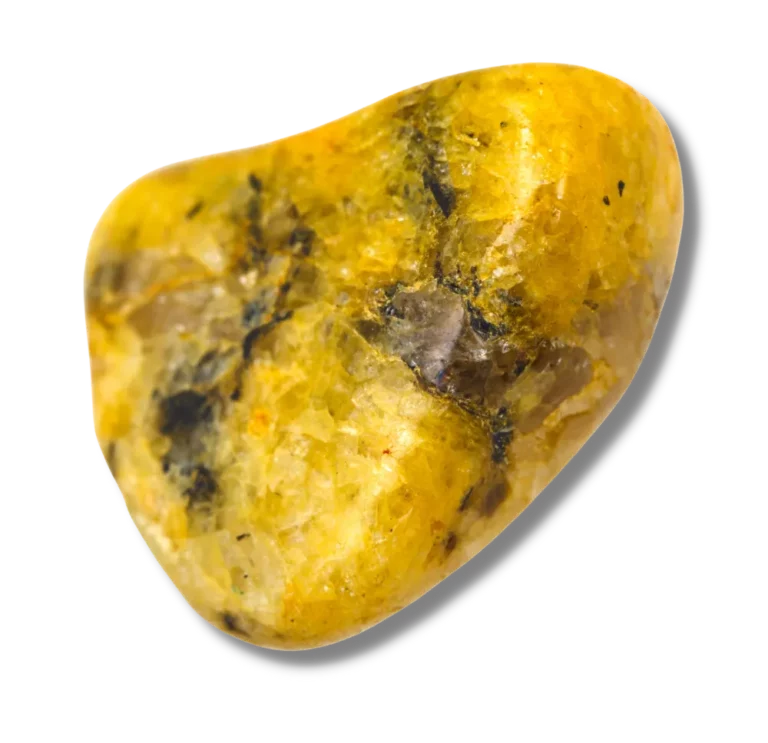Emerald: Properties, Benefits & Meanings

Emerald Overview
Emeralds are one of the most prized and sought-after gemstones in the world. Their rich, green color and stunning brilliance have captivated people for centuries. As a rare stone lover or jewelry enthusiast, you likely already know the beauty and allure of emeralds. But did you know there is much more to this gemstone than its good looks?
Emeralds have a rich history and cultural significance that extends far beyond the jewelry world. They have been used for their physical and spiritual properties for thousands of years. They are a source of fascination and inspiration to this day. In this blog post, we’ll explore emeralds’ properties, benefits, and meanings so that you can gain a deeper appreciation for this beautiful gemstone.
What Is Emerald?
Emerald is a variety of the mineral beryl and is colored green by chromium and sometimes vanadium. It is highly prized for its rich color and transparency. The finest stones are highly transparent with few inclusions and are considered among the rarest gemstones in the world.
Emeralds are found in many countries worldwide, including Colombia, Zambia, Brazil, and Madagascar. Still, the quality and rarity of the stone can vary greatly depending on the location. The most highly prized emerald crystals are those with a deep, saturated color. In addition, they are free of inclusions, which can detract from the stone’s beauty and value.
These green beryl gems have been used for jewelry, ornamental objects, and other decorative items for thousands of years and continue to be a popular choice for those who appreciate the beauty and rarity of this precious gemstone.
How is Emerald Formed?
Emeralds are formed deep within the earth’s crust, subjected to high temperatures and pressures over millions of years. The mineral beryl, composed of aluminum beryllium silicate, is the basic building block. Chromium and vanadium impurities give beryl its special color, which is the characteristic color of emeralds.
Emeralds are typically found in veins or pockets within mineral-rich rock formations such as granite or mica schist. However, they can also be found in alluvial deposits, eroded from their original host rock, and carried to the surface by water or wind.
The process of mining is difficult and labor-intensive, as the gemstones are often found in difficult-to-reach locations or small quantities. In addition, once the stones are extracted from the earth, they must be carefully cut and polished to bring out their full beauty and maximize their value. The coscuez mine in Colombia is one of the world’s most abundant sources of high-quality emeralds.
Physical Properties of Emerald
| Mineral Group | Beryl |
| Formula | Be3Al2(SiO3)6 |
| Chemical Name: | Beryllium Aluminum Silicate |
| Color | Green |
| Hardness (Mohs scale) | 7.5-8 |
| Refractive Index | 1.57-1.58 |
| Fracture | Conchoidal |
| Luster | Vitreous |
| Specific Gravity | 2.67-2.78 |
| Transparency | Transparent to opaque (varies depending on the presence of inclusions) |
Etymology of Emerald
The word “emerald” is derived from the Latin word “smaragdus,” which means “green gem.” The ancient Greeks and Romans believed that emeralds had the power to bring good luck and offer protection. Therefore, they valued the stone highly for its rich color and beauty.
The name “emerald” has been used to describe this gemstone for thousands of years. Cleopatra was known for her passion for emeralds, and she is said to have owned a collection that was worth a fortune.

Where is Emerald Found?
Here is a list of countries where emeralds have been found:
- Colombia
- Zambia
- Brazil
- Madagascar
- Russia
- Zimbabwe
- Pakistan
- Afghanistan
- USA
- Ireland
- Norway
- Madagascar
- Mozambique
- Ethiopia
- Afghanistan
- India
- Namibia
- Nigeria
- Chad
- Malawi
- Tanzania
- south africa
- Australia
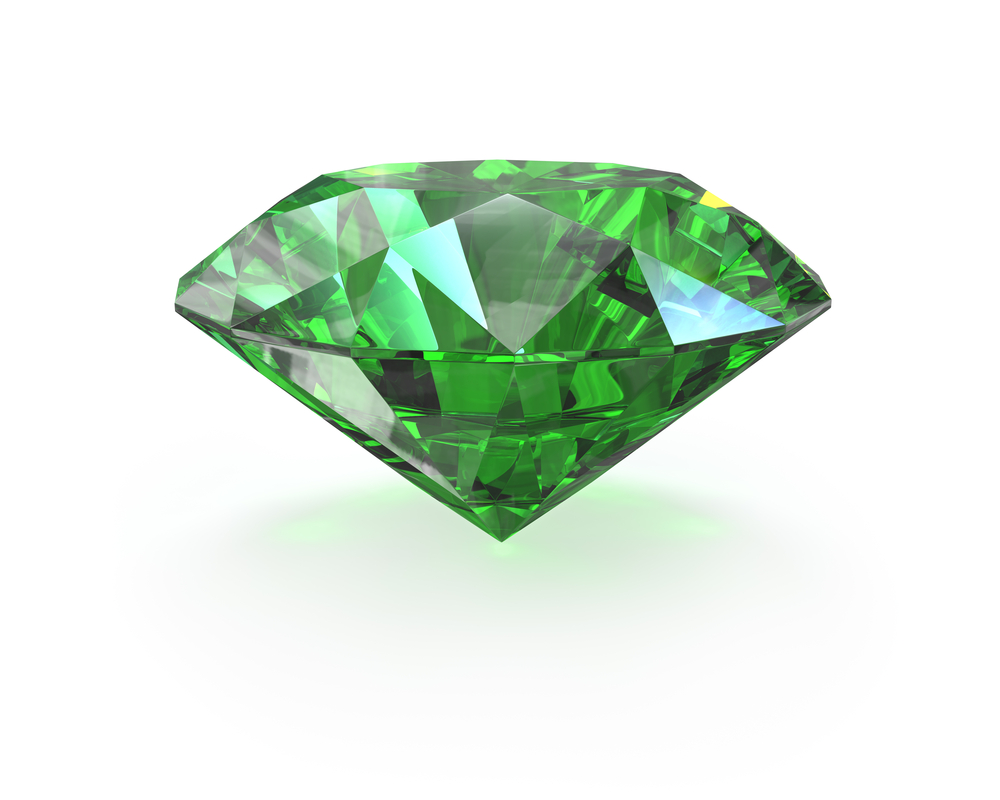
Emerald Appearance
Emeralds are known for their rich green color, ranging from light to dark and from yellowish-green to bluish-green. The finest stones look deep, saturated green that is highly prized.
The gemstone is also valued for its transparency, with the finest specimens being highly transparent with few inclusions. Inclusions, or internal flaws, can detract from the beauty and value, so the stone’s clarity is important when evaluating its quality.
The gems have a vitreous luster, meaning they have a glossy or glassy appearance when cut and polished. The brilliance of a piece can vary depending on the quality of the stone and the presence of inclusions.
The stones can be found in various shapes and sizes, including rounds, ovals, cushions, etc. In addition, they can be cut into various shapes and sizes to suit the needs of different applications, such as jewelry, ornamental objects, or decorative pieces.
Types of Emerald
The emerald is a precious stone used in jewelry for centuries. It is a member of the beryl family and is related to ruby, sapphire, and aquamarine. These gems are based on their origin, color, clarity, and other factors. Some of the most common types include:
- Colombian Emeralds: These are some of the most prized gems in the world, known for their deep color and high transparency. They are found in the Andean mountain ranges of Colombia and are considered some of the world’s finest types.
- Zambian Emeralds: These are known for their rich color and are often more affordable than Colombian types. They are found in the Kafubu River area of Zambia.
- Brazilian Emeralds: These are known for their yellowish-green look and are often more affordable than Colombian stones. They are found in the state of Minas Gerais in Brazil.
- Russian Emeralds: These are found in the Ural Mountains and are known for their darkish green color. They are less well-known than Colombian or Zambian types. Still, they are highly prized by collectors and gemstone enthusiasts.
- Swat Emerald: The Swat type is a green variety of beryl primarily found in Pakistan’s Swat valley. This variety is renowned for its beauty and transparency.
- Indian Emerald: Indian type is a wonderful green gemstone that is the birthstone of May. It is a rare, precious, beautiful, and versatile stone ideal for jewelry.
- Trapiche Emerald: Very famous, it is characterized by its star-like pattern, with six rays emanating from a central point.
- Ethiopian Emerald: These gemstones are beautiful and rare. These are mined in Ethiopia and are known for their rich hue and intense sparkle.
- Treated Emeralds: These are treated in some way to enhance their hue or clarity. Common treatments include oiling, which fills in cracks and improves the stone’s transparency, and resin filling, which enhances the durability of the stone. In addition, the vacuum chamber is used to assist in penetrating colorless oil or resin into the stones.
- Synthetic Emeralds: These are artificial and created in special labs. Synthetics are cheap and less in demand.
There are many fakes and imitations of Emeralds in circulation. Some fakes are created by gluing together two pale stones with a deep green paste, making them look real. Others are made from faceted green glass coated to look like genuine pieces.
Synthetic stones are often sold without the buyer knowing, so it’s crucial to buy only from a trustworthy dealer. Fortunately, experts can easily spot these fakes and determine if a genuine piece has been treated with oil or a lubricant. So, always research and buy from a reliable source to ensure you get the real deal.
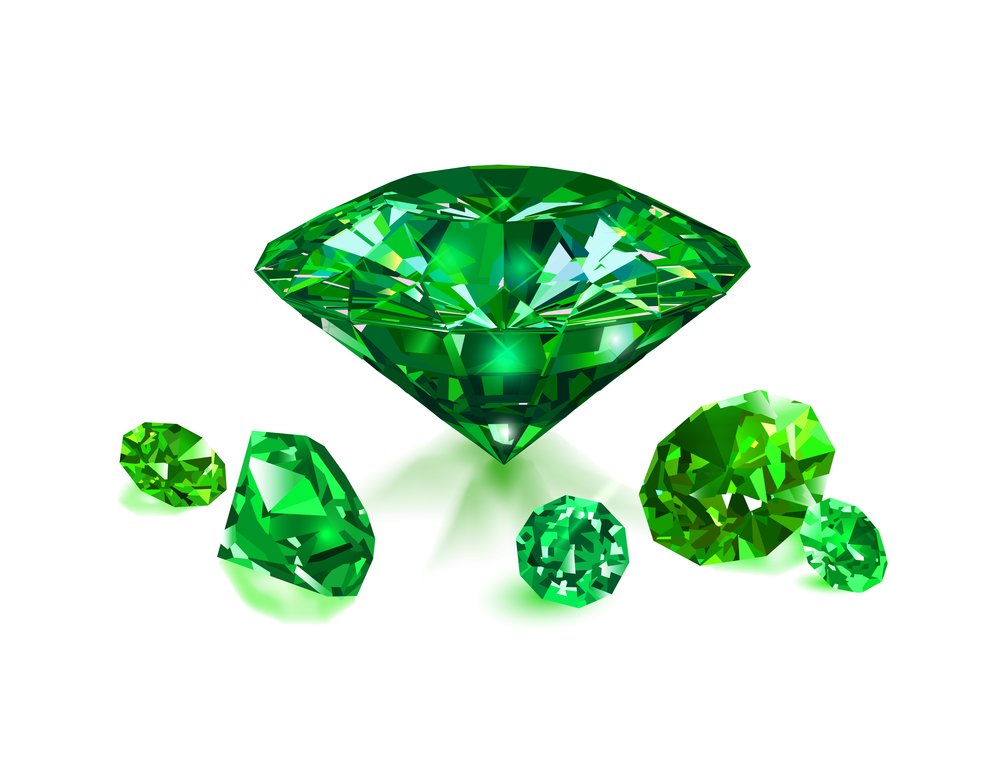
Emerald Value and Price
Emeralds are valued and priced based on various factors, including carat weight, cut, clarity, and color.
- Carat weight: The carat weight refers to its size, with one carat equal to 200 milligrams. Larger pieces are generally more valuable, but the value can also depend on other factors, such as color and transparency.
- Cut: The cut refers to how the stone has been shaped and polished. A well-cut piece will balance symmetry, proportion, and brightness, enhancing the stone’s natural beauty. Poorly cut samples appear dull and lackluster and can affect their value.
- Clarity: A sample can contain internal flaws, known as inclusions, which can detract from the beauty and value of the stone. The clarity is rated on a scale from included to flawless, with the most valuable having high transparency and few inclusions.
- Color: Color is one of its most important characteristics, with the finest specimens having a rich, saturated hue. The color can range from light to dark and have undertones of blue or yellow. The value of a piece is largely determined by its color, with the finest specimens commanding the highest prices.
The value and price vary greatly based on carat weight, cut, clarity, and color. Therefore, when purchasing, it’s important to consider all these factors and buy from a reputable source.
How Can You Tell if Emerald Is Real?
Determining the authenticity can be challenging, as many synthetic and imitation stones on the market are designed to look like real emeralds. However, several tests can be done to ensure the authenticity of a piece.
- Visual inspection: A visual inspection is a quick and easy way to determine whether a stone is real. Real gems are typically included, so you may see tiny bubbles or cracks when you look at the stone under magnification.
- Specific Gravity Test: A gemologist can perform a specific gravity test by measuring the weight of the stone in air and water and then calculating its density. These stones typically have a specific gravity of 2.7 to 2.8.
- Refraction Test: The refractive index can also determine its authenticity. A gemologist can perform a refraction test by shining a light through the stone and observing how it refracts the light. These gems have a refractive index of 1.576 to 1.582.
- UV Light Test: These stones often fluoresce when exposed to ultraviolet light. A gemologist can perform a UV light test by shining a UV light on the stone and observing its reaction. The real piece will typically fluoresce a greenish-yellow color.
- Thermal Conductivity Test: Thermal conductivity can be used to determine its authenticity. A gemologist can perform a thermal conductivity test by measuring the amount of heat that is conducted by the stone. Real ones typically have a low thermal conductivity.
These tests are not foolproof, and some synthetic and imitation samples can mimic the results of these tests. The best way to ensure that you are purchasing a genuine piece is to buy from a reputable source and to have the stone evaluated by a professional gemologist.

What Does Emerald Symbolize?
Emerald is a gemstone that has been revered for its beauty and symbolism for thousands of years. In different cultures and periods, they have been associated with a wide range of meanings and beliefs, including:
- Love and Romance: The stone is often associated with love and romance and is sometimes given as a gift to express love and commitment.
- Healing and Well-being: The stone is believed to affect the body and mind positively and is sometimes used in alternative medicine practices to promote healing and well-being.
- Wisdom and Enlightenment: It is often associated with learning and enlightenment and is believed to help the wearer understand the world around them.
- Growth and Abundance: The stone is associated with growth and abundance and is believed to promote success and prosperity in all areas of life.
- Protection: The stone is believed to protect against negative energies and is sometimes worn as a talisman to ward off evil.
These are just a few examples of the many meanings and symbols associated with it. These stones’ specific symbolism and cultural significance can vary greatly depending on the culture and individual. It is up to the wearer to determine their connection to this beautiful and powerful gemstone.

Uses of Emerald
Emerald is a versatile gemstone with many practical and symbolic uses. Some of the most common uses include:
- Jewelry: One of the most popular uses is as a gemstone in jewelry. These gems are commonly set in rings, necklaces, earrings, and other types of jewelry. They are prized for their stunning color and unique beauty.
- Investment: The gem is also valued due to its rarity and beauty. Some investors purchase it to diversify their portfolios and protect their wealth.
- Healing: In alternative medicine, the stone is believed to have healing properties and is sometimes used to promote physical, emotional, and spiritual well-being.
- Decoration: The stone is also used as a decorative element in various settings, including homes, gardens, and public spaces.
- Fashion: Green is a popular color for clothing, accessories, and other fashion items. It is often associated with luxury, wealth, and sophistication.
Emerald is a beautiful and powerful gemstone that has captured people’s imagination for thousands of years. Out of various pairings, blue sapphire and emerald are the most beloved. The blend of these two gems is stylish and exemplifies the vigorous trinity of Venus, mercury, and Saturn.
Is Emerald a birthstone?
Yes, an emerald is a birthstone. It is the traditional Birthstone for May and is also associated with the zodiac sign of Taurus. People born in May are believed to have strength, stability, and resilience, all associated with it. Wearing jewelry enhances these qualities and brings good luck, health, and prosperity to the wearer.
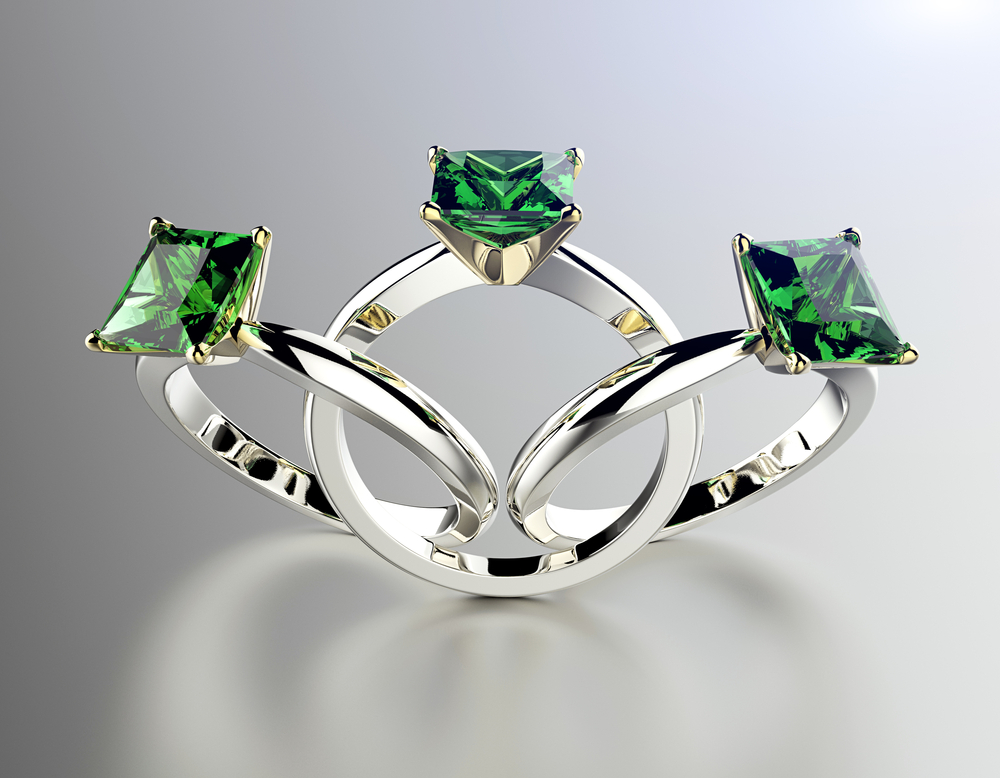
How To Take Care Of Emerald Jewelry?
Emerald is a delicate gemstone that requires proper care and attention to maintain its beauty and value over time. Here are some tips for taking care of your jewelry:
- Cleaning: To clean your jewelry, gently wipe it with a soft, damp cloth and avoid using harsh chemicals or abrasive materials. Avoid exposing to extreme heat or cold, as these conditions can cause the stone to crack or become discolored.
- Storage: Store jewelry in a cool, dry place away from direct sunlight, heat, and humidity. A soft cloth or jewelry box is ideal for storing jewelry to prevent scratching or damage to the stone.
- Protection: The stones can be easily scratched or damaged, so it is important to handle them carefully and avoid exposing them to harsh chemicals or abrasive materials. When wearing your jewelry, be mindful of what you are doing and avoid bumps, scratches, or other types of damage.
- Repair: If your jewelry becomes damaged or worn, it is important to have it repaired as soon as possible. A professional jeweler will be able to assess the damage and make any necessary repairs to restore the beauty and value of your jewelry.
These simple tips can help ensure that your jewelry remains beautiful and valuable for years.
FAQ
How is Emerald valued?
Emeralds are valued based on several factors, including color, transparency, cut, and carat weight. The more vivid and rich the color, the higher the stone’s value. The stone’s clarity, cut, and carat weight are some of the most important factors affecting its value.
Are there any healing benefits to using emeralds in alternative medicine?
Emerald has been used in alternative medicine for centuries. It is believed to have healing properties, such as balancing emotions, calming the mind, and easing mental stress. In addition, it is thought to be beneficial for physical health, boosting immunity, reducing inflammation, and improving intuition. Although there is no scientific evidence, many people still use these gems in their alternative medicine treatments and rely on experienced practitioners for guidance.
What is the spiritual Meaning of Emerald?
1. Emeralds are often associated with faithfulness, loyalty, and true love.2. They have been symbols of hope and new beginnings throughout history.
3. They are thought to bring luck, health, and prosperity to their wearer.
4. Many cultures believe the stones have healing powers and promote emotional balance.
5. These gems are said to enhance intuition, foresight, and creativity in those who wear them.


